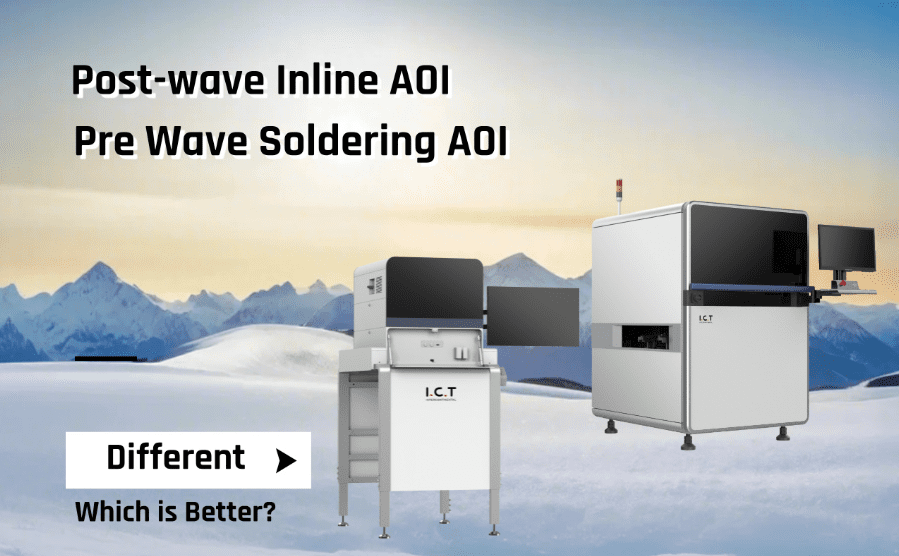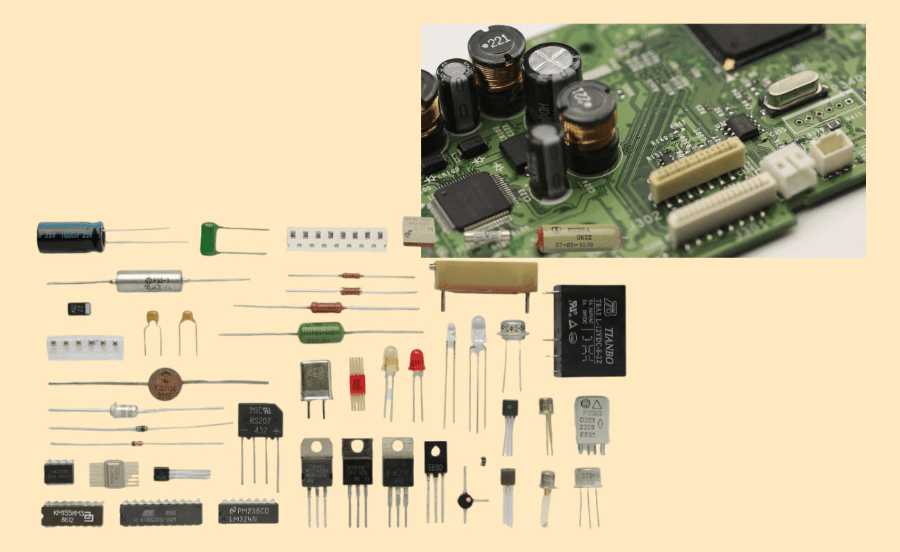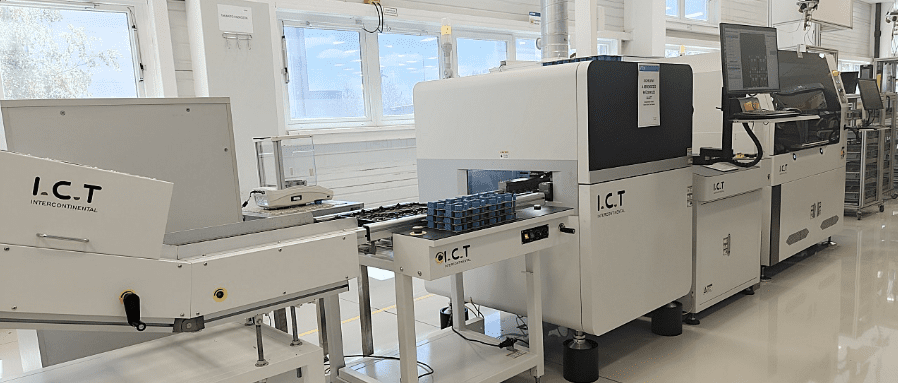Revolutionizing quality control in electronics manufacturing begins with mastering Post-wave Inline AOI and Pre Wave Soldering AOI Machine systems. These advanced tools enhance precision and efficiency by detecting defects early and ensuring flawless soldering, making them essential for modern production lines.
1. Understanding Inline AOI in Wave Soldering Lines
1.1. What Are Pre-Wave and Post-Wave AOI Systems?
Pre-Wave and Post-Wave AOI systems are automated optical inspection technologies designed to scrutinize printed circuit boards (PCB) before and after wave soldering. Pre-Wave AOI ensures DIP components are correctly inserted, while Post-Wave AOI verifies soldering quality using high-precision cameras and intelligent algorithms.
1.2. Why Quality Inspection Matters in Wave Soldering
Quality inspection prevents costly errors by identifying issues like misaligned or reversed DIP components before soldering, and poor solder joints afterward. This step ensures reliable products and reduces waste, a critical factor in maintaining competitive manufacturing standards.
2. How Post-Wave Inline AOI Works

2.1. Detection Mechanisms and Defect Types
Post-Wave Inline AOI employs deep learning algorithms to detect defects such as solder voids, bridges, and insufficient solder on the underside of PCBs. High-resolution cameras capture detailed images, analyzed in real-time to flag issues like pinholes or weak joints.
2.2. Integration with Wave Soldering Lines
This system integrates seamlessly into wave soldering lines, providing continuous monitoring post-soldering. Its adjustable height and width settings allow it to adapt to various PCB sizes, enhancing production flexibility.
3. How Pre-Wave AOI Improves Soldering Quality

3.1. Pre-Soldering Inspection Process
Pre Wave Soldering AOI Machine inspects DIP components before wave soldering, ensuring they are correctly inserted by hand. It detects errors like reversed polarity, missing parts, or incomplete insertion (e.g., lifted edges), which are common in manual assembly due to human oversight.
3.2. Key Hardware and Software Components
Equipped with industrial-grade cameras and Convolutional Neural Networks (CNN), Pre-Wave AOI offers precise imaging and smart defect detection. Models like I.C.T’s AI-4026 feature adjustable settings and real-time monitoring to handle diverse DIP configurations.
4. Comparing Pre-Wave vs Post-Wave AOI: Which Adds More Value?
4.1. Inspection Timing and Purpose
Pre-Wave AOI focuses on pre-soldering accuracy of DIP components, while Post-Wave AOI ensures post-soldering integrity. Together, they cover the entire process, with Pre-Wave catching insertion errors and Post-Wave confirming final quality.
4.2. Combined Use for Maximum Quality Assurance
Using both systems maximizes defect detection, reducing rework and boosting yield rates. I.C.T’s dual-side models, like AI-5146W, exemplify this approach by inspecting both top and bottom sides simultaneously.
5. Real-world Benefits in Quality Control

5.1. Improving Product Reliability and Yield Rate
These AOI systems enhance reliability by catching defects early, as seen in a Tajikistan LED manufacturer improving PCB quality with I.C.T AI-5146. Higher yield rates follow from consistent inspections.
5.2. Reducing Rework and Manual Inspection
Automated detection cuts manual checks, saving time and costs. An Estonian consumer electronics supplier reduced rework using I.C.T’s AOI solutions, streamlining their process.
6. About I.C.T and Its AOI Solutions
6.1. Brand Overview and Expertise
I.C.T is a trusted name in SMT solutions, offering innovative AOI systems with global technical support. Their expertise spans DIP and wave soldering lines, ensuring top-tier quality control.
6.2. Highlighted Models and Key Features
Models like AI-5146W (dual-side inspection) and AI-4026 (pre-soldering DIP checks) feature AI-driven defect detection and remote programming, making them standout choices for efficiency.
7. Conclusion
7.1. Summary of Key Insights
Post-wave Inline AOI and Pre Wave Soldering AOI Machine transform quality control by combining precision detection with seamless integration. I.C.T’s advanced models drive reliability and efficiency in manufacturing.
7.2. Future Trends in Inline AOI for Wave Soldering
Future developments may include enhanced AI for real-time data analysis and broader compatibility with MES systems, further elevating production standards.






































